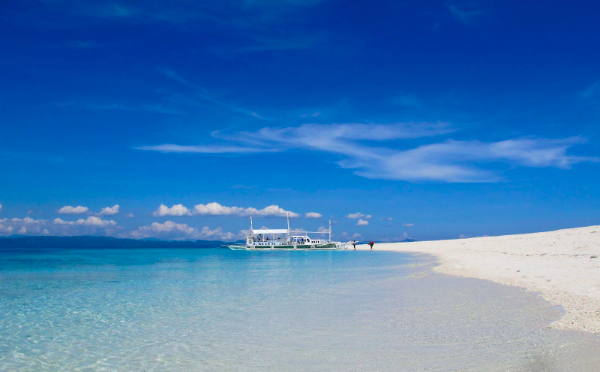Photo by Sean Robertson on Unsplash
The Philippines is a unique country full of wonders and surprises. It is located in Southeast Asia and is made up of over 7,500 islands. With its stunning beaches, vibrant culture, and diverse landscape, there are many unique things about the Philippines that make it stand out from the rest. Here are six of the most unique things about the Philippines that make it so special.
6 Unique things about the Philippines
1) The People
The Philippines is home to some of the most welcoming, friendly, and warm people you’ll ever meet. Filipino culture is rooted in strong family values, hospitality and a deep respect for others. Filipinos are known for their close-knit bonds, community-oriented behaviour and willingness to help one another. Their kind nature and willingness to give are what make them so unique and loved by visitors from all over the world. In addition to being incredibly hospitable, Filipinos are also incredibly resilient. Despite facing challenging economic times and natural disasters, they remain optimistic and passionate about life.
2) The Language
The official language of the Philippines is Filipino, which is based on Tagalog and has influences from Spanish and English. Additionally, the country has around 120 distinct languages, each with its own unique dialects and variations. With so many different dialects and languages spoken throughout the archipelago, communication between different regions of the country can be difficult, leading to misunderstandings and miscommunications. One of the most commonly spoken languages in the Philippines is Cebuano, which is spoken by nearly 20 million Filipinos in the Visayas region and some parts of Mindanao. It is considered the second official language of the country and is widely used in both business and social settings. English is also widely spoken in the Philippines and is taught in schools as the primary foreign language. You will notice this even while using the Boracay airport transfer, where most of everyone will readily communicate with tourists in English. Overall, language plays a major role in what makes the Philippines so unique. With a variety of dialects and languages, the country is able to maintain its cultural heritage while also being able to communicate with the rest of the world.
3) The Religion
The Philippines is a deeply religious country, with the majority of its population being Catholic. This is due to the strong influence of Spanish colonial rule in the 16th century, which brought the Roman Catholic faith to the region. However, there are also a large number of other religions represented in the Philippines, including Islam, Buddhism, and indigenous beliefs. These various religions have blended together to form a unique spiritual culture, with many Filipinos participating in multiple faiths or practising their own syncretic beliefs. The most popular religion in the Philippines is Catholicism, with over 80% of the population being adherents. The religion’s influence can be seen in almost every aspect of Filipino culture, from holidays and festivals to language and architecture. For example, many Filipino towns and cities contain cathedrals and churches that are hundreds of years old and built in a distinctly Spanish colonial style. Islam is also a major faith in the Philippines, practiced mainly by residents of Mindanao. While Islam has been present in the region since the 15th century, it only began to take root during Spanish colonial rule. The religion is practised by nearly 6 million people in the country, making it the second-largest religion after Catholicism.
4) The Festivals
The Philippines is home to an incredibly diverse array of cultural celebrations and festivals. One of the most iconic of these events is the Sinulog Festival, a colourful and lively parade that takes place in Cebu City. The festival honours the Santo Niño (Holy Child), a patron saint of the country and symbolises the Filipino people’s devotion to their faith. Other traditional festivals celebrated across the country include the Ati-Atihan Festival, Dinagyang Festival, and Panagbenga Festival. Each of these celebrations has its own unique flair, but they all have one thing in common: they bring together Filipino people from all walks of life to celebrate the country’s history and culture. Whether it’s dancing to traditional music, listening to local bands, or feasting on traditional Filipino food, these festivals are a great way to experience the Filipino way of life.
5) The food
The Philippines is a country with an incredibly diverse and delicious cuisine. It’s a melting pot of flavours, drawing influence from Spanish, Chinese, and Filipino dishes alike. Traditional Filipino food is often seen as a comfort food – warm, hearty, and soul-satisfying. From savoury dishes like adobo and pancit to sweet treats such as halo-halo and turon, the Philippines has something for everyone.
6) The beaches
When it comes to beaches, the Philippines certainly lives up to its reputation of being a tropical paradise. With more than 7,000 islands, the country is blessed with stunning white-sand beaches, crystal clear waters, and unique tropical attractions. Whether you’re looking for a romantic getaway or a family beach holiday, there’s something for everyone in the Philippines.











